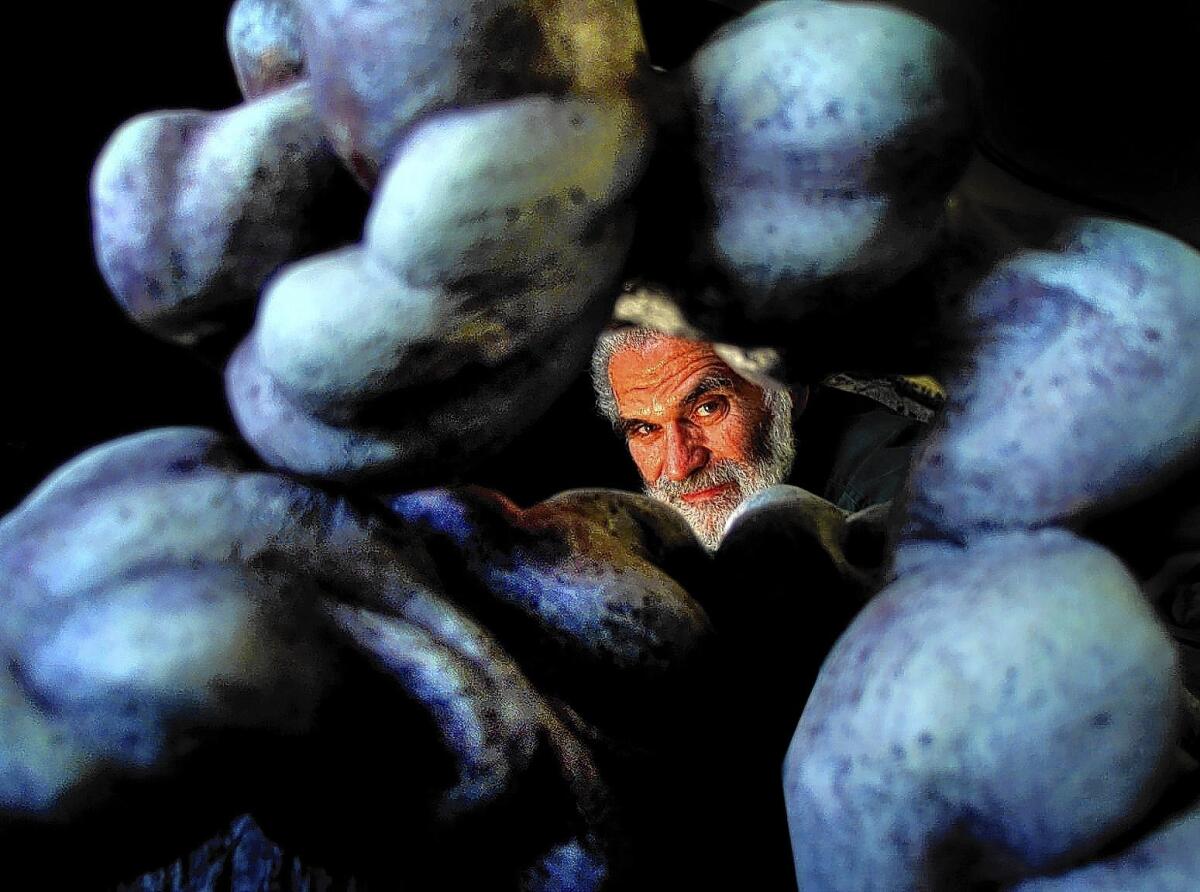Jerry Rothman, sculptor who pushed artistic limits, dies at 80

- Share via
Sculptor Jerry Rothman, a member of a rebellious group of Los Angeles artists in the 1950s who took ceramics far beyond functional pieces, died June 5 in a hospital near his home in San Miguel de Allende, Mexico. He was 80.
Rothman had been battling Lewy body disease for about the last six years, said his life partner, Kathleen Cummings.
A longtime resident of Laguna Beach, he and Cummings moved to Mexico in the mid-2000s.
In the 1950s Rothman was a student at L.A. City College studying industrial design when he took a required course in ceramics and fell in love with working with clay. “I like three-dimensional things and constructing things, and clay reflects the artist more than any other material,” he said in a 2001 Los Angeles Times interview. “It has no limitations in form or color.”
A couple of friends who later became well-established artists, Billy Al Bengston and Kenneth Price suggested Rothman transfer to Otis Art Institute to study under Peter Voulkos a teacher known for urging his ceramics students to go far beyond pots and other decorative and functional items. The movement that grew out of classes taught by Voulkos, who died in 2002, is sometimes referred to as Otis Clay.
“We felt we were just breaking ground, trying new things, new ways of handling the material and approaching technology and mainly form,” Rothman said in a 1997 Times interview.
Rothman’s work delved into numerous forms and genres, ranging from pieces that were abstract to figures that looked like colorful gnomes. Some pieces were frankly sensual, others made political statements and still others were humorous.
Art critic David Pagel wrote that the “show-stopping masterpiece” of a 2003 retrospective of Rothman’s work at the Laguna Art Museum and Cal State Fullerton was “Tiki Up” a nearly three-foot-tall ceramic piece that was a play on the kind of souvenir cups served up at tiki bars.
“Here Rothman fuses his love of gritty primal gusto with his equal and opposite attraction to slick Pop style,” Pagel wrote in The Times. “Flagrant bad taste and formal refinement make for strange — but fun — bedfellows.”
Rothman was born Nov. 14, 1933, in Brooklyn. His parents, Cummings said, had a dry cleaning business and lived above the shop.
Throughout Rothman’s life, he showed a practical as well as an artistic side. Before graduating from Otis, he spent two years in Japan working for a ceramics consumer products company. Later he designed packaging for Max Factor and patio stoneware. He taught for more than 25 years at Cal State Fullerton.
Although his work was collected by the Los Angeles County Museum of Art, the Smithsonian Museums and other major institutions, Rothman didn’t become as famous as some of his peers who worked in ceramics. He attributed that, in part, to the fact that he also worked in commercial design.
“My peers thought that was nasty; you couldn’t possibly be an artist and a designer,” he said in the 1997 interview. “But that was fine. While all those guys were becoming big names, I was putting money in the bank. So that was OK with me; it gave me the kind of freedom to do whatever I wanted to do.”
He said the trajectory of his career was also limited by the fact that he worked in so many styles. But he never wanted to feel he was in a rut. “You work on something, and you get really good at it, and everything comes out slick, perfect, and you’re just knocking them out.
“That gets boring.”
Cummings is his only immediate survivor.
david.colker@latimes.com
Twitter: @davidcolker
More to Read
Start your day right
Sign up for Essential California for the L.A. Times biggest news, features and recommendations in your inbox six days a week.
You may occasionally receive promotional content from the Los Angeles Times.







